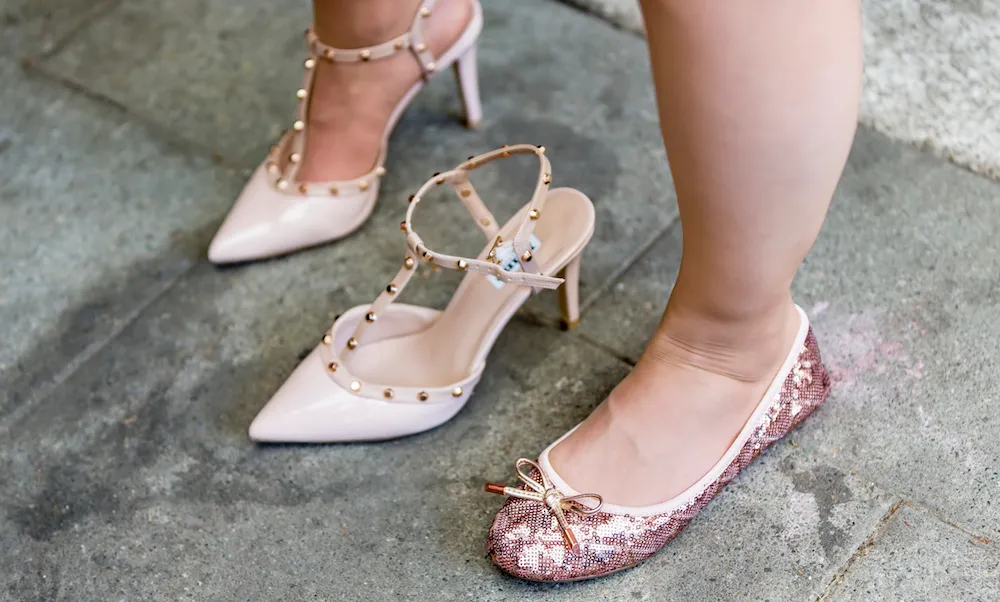Varicose veins are an unsightly condition, causing bulging, blue-colored cords to stand out against the surface of your skin. Fortunately, if you start searching now, you can learn everything you need to know about varicose veins.
Despite how common they are, no one wants to live with varicose veins. If you’re worried about varicose veins, here’s a few things you should know about their causes, as well as a few things you can do to lessen their appearance.
What Are Varicose Veins?
Varicose veins, which are often called spider veins, almost always appear in the legs and feet. And when they appear, they’re unsightly and unattractive. But more importantly, they’re a serious health condition. Varicose veins are swollen, twisted veins that can be surrounded by flooded capillaries.
They can become inflamed, making it painful to touch any areas with spider veins and hindering circulation in your legs. And varicose veins can cause additional issues like swelling, aching, itching, and even blood clots when they occur.
Common Causes of Varicose Veins
Because varicose veins are both unattractive and uncomfortable, it’s understandable to want to avoid them altogether. Yet there are plenty of simple actions that can lead to the appearance of varicose veins later on in life.
Most commonly, any health condition or lifestyle factor that puts too much prolonged pressure on the legs can cause varicose veins. The following can increase the likelihood of developing varicose veins:
- Pregnancy
- Obesity
- Standing for long periods of time
- Chronic constipation
If you’re worried about developing varicose veins, it’s important to understand that as veins grow weaker with age, your likelihood of getting spider veins increases.
To determine if what you’re seeing on your body is in fact varicose veins, you’ll want to look for these signs:
- Veins that are dark purple or blue
- Twisted, bulging veins that look like cords
- An achy, heaving feeling in your legs
- Burning, throbbing, or swelling in your legs
- Pain after sitting or standing for long periods of time
- Itching around your veins
Treatment Options
If you do have varicose veins, you don’t have to live with them forever. There are a few different treatment options that can eliminate these unsightly veins or reduce their appearance. And these treatments don’t require extensive medical work or surgeries – they can generally be treated during quick outpatient procedures.
Check out the following treatments if you’re looking to get rid of your varicose veins.
Sclerotherapy: A doctor will inject your varicose veins with a solution that’s made to scar the veins and close them. This prevents the veins from worsening and shrinks them as they close up. No anesthesia is required, and the procedure is effective.
Laser Treatments: Laser treatments for varicose veins are newer options, but they can be effective. Laser technology is used in a doctor’s office to close off the veins, sending bursts of light rays onto individual veins to make them disappear over time. There’s no need for incisions, injections, or anesthesia.
Endovenous Laser Therapy: Using lasers, a doctor heats veins, causing scar tissue and the closure of the veins themselves. This leads to the veins fading and collapsing over time to reduce their appearance, and it can be performed as an outpatient procedure.
Radiofrequency Ablation: Using radiofrequency, a doctor inserts a thin tube into individual varicose veins and heats the vein so it collapses and shuts down. This is most effective for large varicose veins rather than tiny spider veins.
In addition to these treatment options, you can also try some at-home DIY methods as well. For those whose varicose veins may be the result of excess weight, you can try losing weight and wearing loose clothing. If you’re frequently standing or sitting for long periods of time, you can develop a routine that includes alternating between the two.
Compression stockings can also be an effective option. Available as both stockings and socks, these items use special material to squeeze your legs steadily, helping circulation and alleviating issues like swelling.
The Cost of Eliminating Varicose Veins
Varicose vein treatments can be highly effective. And if you’re living with visible varicose veins that cause discomfort in any way, these treatments are well worth their effects.
The cost of each treatment option does vary widely, however. HealthGrades notes that the average cost of sclerotherapy is $350 per session, but you may require multiple sessions. Other treatment options may be less or more expensive depending on your doctor’s recommendations, the severity of your varicose veins, and the treatments that are available to you.
Some insurance companies will cover the cost of meeting with a doctor or specialist for a varicose vein evaluation. You can also check with your insurance provider to see if any of the costs of treatment will be covered, or if you’ll need to pay out of pocket. Some doctors also offer payment plans to make the treatment process more affordable for patients.
In order to determine what’s best for you and your varicose veins, it’s important to be informed about the latest treatment options. Searching online for the latest options and staying knowledgeable about what’s available will help you find the best treatment available for your unique situation.
 EMS-FORSTER-PRODUCTIONS / Getty Images
EMS-FORSTER-PRODUCTIONS / Getty Images